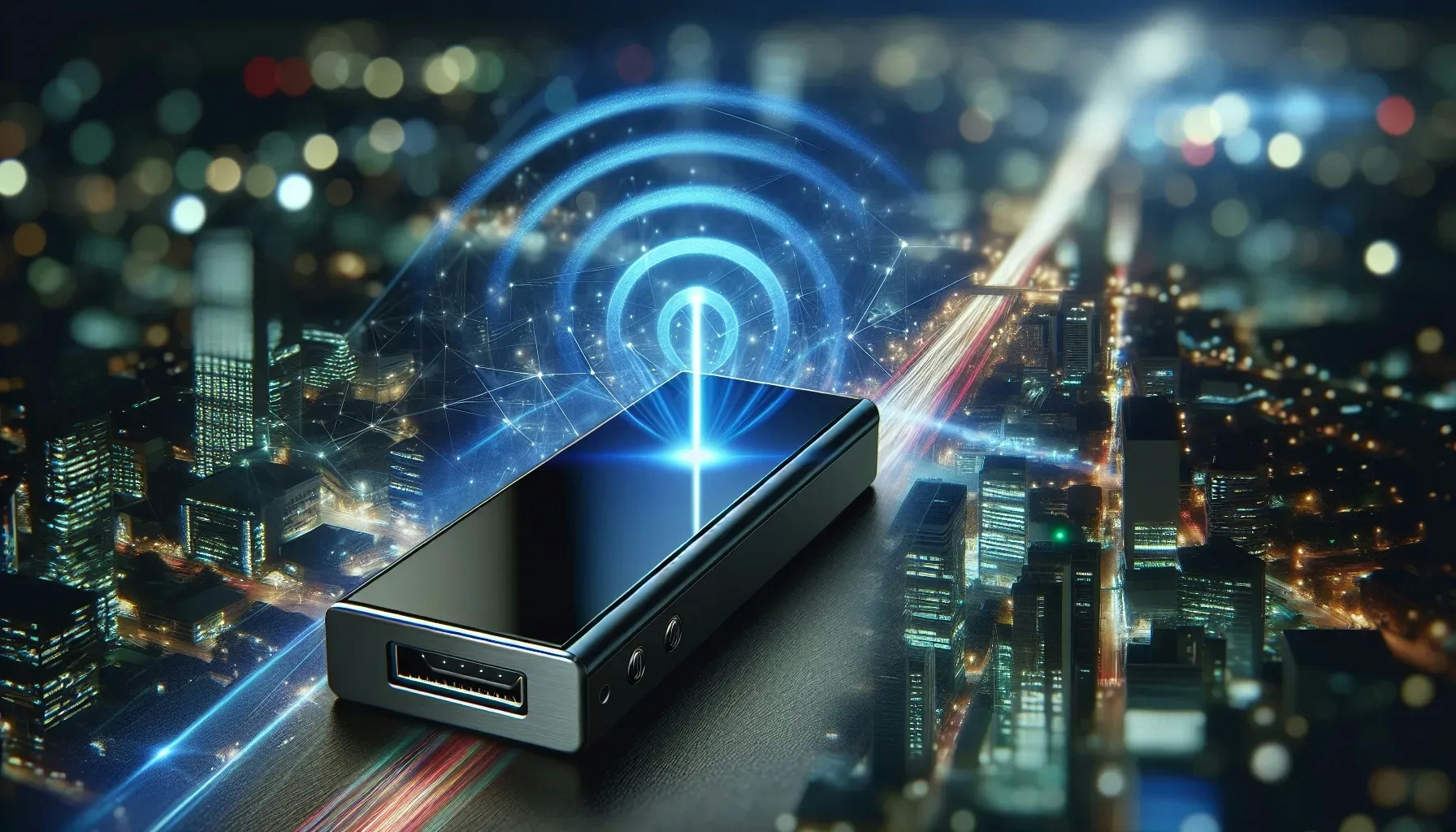Welcome to a journey into the future of wireless communication technologies. This blog post aims to provide an in-depth look at the advancements and innovations that are set to redefine the way we communicate. From 5G and beyond, to the Internet of Things (IoT), and the role of artificial intelligence (AI) in wireless communication, we will delve into the exciting possibilities that lie ahead.
The Advent of 5G and Beyond
The world is on the cusp of a new era in wireless communication with the advent of 5G technology. This new generation of wireless technology promises to revolutionize communication with unprecedented speed and efficiency.
5G is not just about faster internet speeds. It's about creating a more connected world where everything from cars to home appliances can communicate with each other in real-time. This will pave the way for innovations like smart cities, where traffic lights and parking meters can communicate to optimize traffic flow and reduce congestion.
But the future of wireless communication doesn't stop at 5G. Researchers are already looking ahead to 6G and beyond. These future generations of wireless technology could bring about even more radical changes, such as the ability to transmit holographic images or the integration of wireless communication with our bodies.
The Internet of Things (IoT) and Wireless Communication
The Internet of Things (IoT) is another area that is set to transform the future of wireless communication. IoT refers to the network of physical devices, vehicles, home appliances, and other items embedded with sensors and software that enable these objects to connect and exchange data.
In the future, we can expect to see an explosion in the number of IoT devices. This will create a more connected world where devices can communicate with each other to make our lives more convenient and efficient. For example, your alarm clock could communicate with your coffee maker to start brewing coffee as soon as you wake up.
However, the proliferation of IoT devices also presents challenges for wireless communication. These devices will require a massive amount of bandwidth and pose significant security risks. Therefore, the future of wireless communication will also need to address these challenges.
The Role of Artificial Intelligence (AI) in Wireless Communication
Artificial intelligence (AI) is another technology that is set to play a crucial role in the future of wireless communication. AI can be used to optimize wireless networks, making them more efficient and reliable.
For example, AI can be used to predict network congestion and automatically adjust the network to avoid it. This could significantly improve the quality of wireless communication, reducing dropped calls and slow internet speeds.
AI can also be used to improve the security of wireless networks. It can detect unusual patterns of behavior that may indicate a cyber attack and take action to prevent it.
The Challenges and Opportunities of the Future
While the future of wireless communication technologies holds immense promise, it also presents significant challenges. These include technical challenges, such as the need for more bandwidth and better security, as well as regulatory challenges.
However, these challenges also present opportunities. For example, the need for more bandwidth could drive innovation in wireless technology, leading to the development of new technologies that can transmit data more efficiently. Similarly, the need for better security could lead to the development of more secure wireless networks.
The Impact on Society and the Economy
The future of wireless communication technologies will have a profound impact on society and the economy. It will enable new forms of communication, create new industries, and transform existing ones.
For example, the advent of 5G and beyond could enable the widespread use of virtual reality (VR) and augmented reality (AR), creating new opportunities for entertainment and education. Similarly, the proliferation of IoT devices could lead to the creation of smart cities, improving the quality of life for city dwellers.
On the economic front, the future of wireless communication technologies could lead to significant economic growth. According to a recent report by Qualcomm, 5G alone could generate up to $13.2 trillion in economic value by 2035.
Conclusion
In conclusion, the future of wireless communication technologies is exciting and full of promise. From 5G and beyond, to IoT and AI, these technologies are set to transform the way we communicate and interact with the world around us.
However, realizing this future will require overcoming significant challenges. It will require innovation, investment, and collaboration between industry, government, and academia. But if we can meet these challenges, the future of wireless communication technologies could be brighter than we can even imagine.
The Dawn of a New Era in Wireless Communication
As we stand on the brink of a new era in wireless communication, it's clear that the future holds exciting possibilities. The advancements in wireless communication technologies promise to revolutionize our lives in ways we can only begin to imagine. However, as we move forward, it's crucial to address the challenges that come with these advancements. By doing so, we can ensure a future where technology serves us, creating a more connected, efficient, and innovative world.

